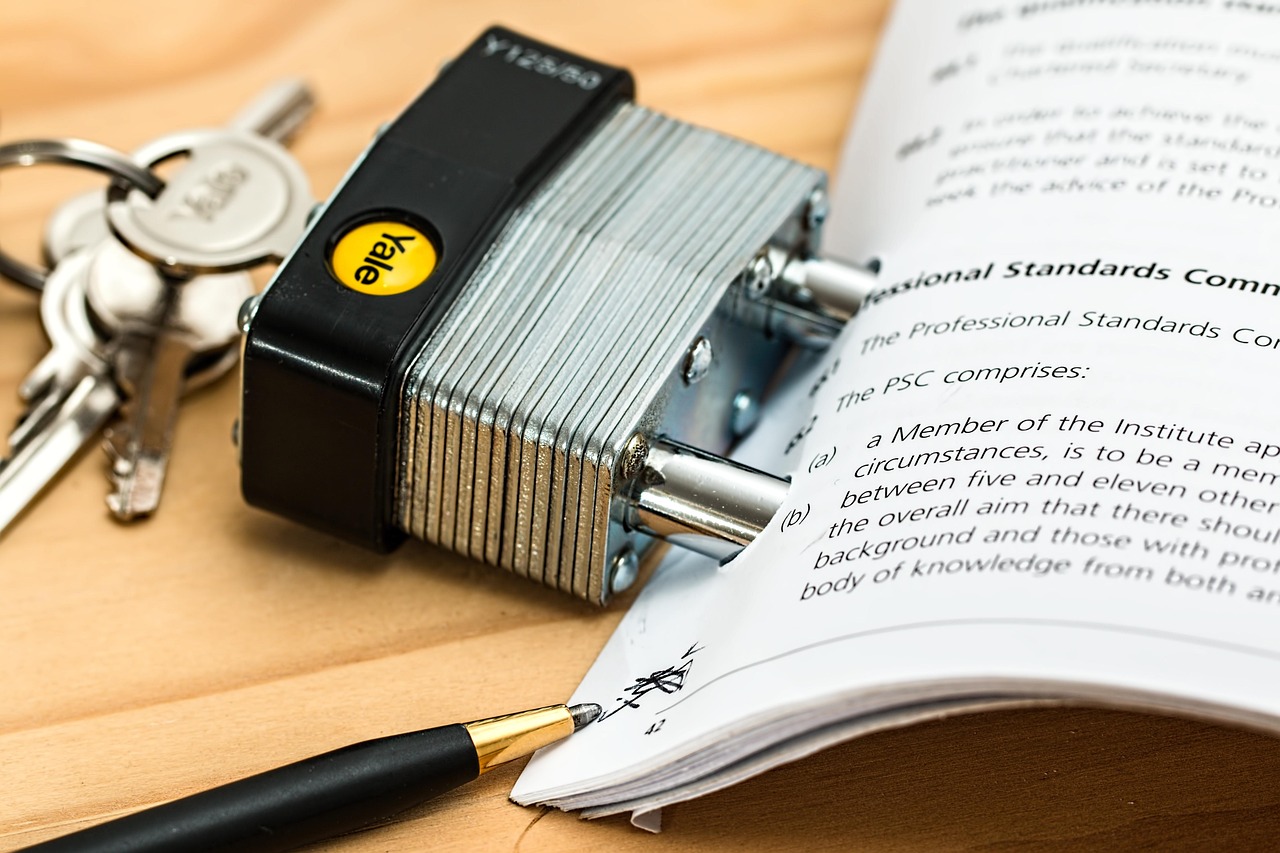Embarking on the journey of financial wellness can feel daunting, but mastering the art of monthly budgeting is a powerful first step. It’s not just about restricting spending; it’s about understanding where your money goes, making informed choices, and ultimately achieving your financial goals. This guide provides a comprehensive roadmap to creating and maintaining a monthly budget that works for you.
Understanding the Basics of Monthly Budgeting
What is a Monthly Budget?
A monthly budget is a plan that outlines your expected income and expenses for a given month. It’s a tool that helps you track your spending, identify areas where you can save, and ensure you’re allocating your money in a way that aligns with your priorities. Think of it as a financial blueprint, guiding you towards your financial objectives.
Why is Monthly Budgeting Important?
Creating a budget is crucial for financial stability for many reasons:
- Financial Awareness: A budget reveals where your money actually goes. Often, we’re surprised to see how much we spend on certain categories.
- Debt Reduction: A budget helps you identify areas where you can cut back and allocate more funds towards paying down debt.
- Savings Goals: Planning and tracking your money enables you to put away money each month. You can save money for a down payment on a house, or just general savings.
- Stress Reduction: Budgeting provides peace of mind by giving you control over your finances. Knowing where your money is going reduces anxiety about unexpected expenses or potential shortfalls.
- Achieving Financial Goals: Whether you’re saving for a vacation, a new car, or retirement, a budget helps you prioritize your spending and make progress towards your goals.
Different Budgeting Methods
There are several budgeting methods you can choose from, each with its own strengths:
- 50/30/20 Rule: This method allocates 50% of your income to needs, 30% to wants, and 20% to savings and debt repayment.
- Zero-Based Budgeting: This requires you to allocate every dollar of your income to a specific category, ensuring that your income minus your expenses equals zero.
- Envelope Budgeting: This is a cash-based system where you allocate cash to different spending categories in physical envelopes.
- Tracking Budget: Track your income and spending each month to ensure that you are hitting your goals and not spending too much money.
- High/Low Budget: Adjusting spending up and down depending on various factors each month.
The best method depends on your individual circumstances and preferences. Experiment to find one that suits your lifestyle and helps you stay on track.
Creating Your Monthly Budget: A Step-by-Step Guide
Step 1: Calculate Your Monthly Income
Start by determining your net monthly income – the amount of money you receive after taxes and other deductions. If your income varies, calculate an average based on the past few months. Be conservative in your estimates to avoid overspending.
- Example: If you earn $5,000 per month before taxes and $4,000 after taxes, your net monthly income is $4,000.
Step 2: List Your Monthly Expenses
Categorize your expenses into fixed and variable expenses. Fixed expenses are those that remain relatively constant each month, while variable expenses fluctuate.
- Fixed Expenses: Rent/Mortgage, Car Payment, Insurance, Loan Payments, Subscriptions.
- Variable Expenses: Groceries, Utilities, Gas, Entertainment, Dining Out, Clothing.
Use bank statements, credit card bills, and receipts to track your spending habits and identify all your expenses. Consider using budgeting apps or spreadsheets to simplify this process.
Step 3: Allocate Funds to Each Category
Based on your income and expenses, allocate funds to each category. Prioritize essential expenses like housing, food, and transportation. Use one of the popular budgeting methods to allocate your funds each month. Consider savings and debt payments.
- Example (50/30/20 Rule):
Needs (50%): $2,000 (Rent: $1,200, Groceries: $500, Transportation: $300)
Wants (30%): $1,200 (Dining Out: $300, Entertainment: $400, Shopping: $500)
* Savings/Debt (20%): $800 (Savings: $400, Debt Repayment: $400)
Step 4: Track Your Spending
Consistently track your spending to ensure you’re staying within your budget. Use budgeting apps, spreadsheets, or a simple notebook to record your expenses. Review your spending regularly to identify areas where you can make adjustments.
Step 5: Review and Adjust Your Budget
At the end of each month, review your budget and compare your planned spending to your actual spending. Identify any overspending or underspending and make adjustments to your budget accordingly. Your budget should be a living document that evolves as your financial situation changes.
Tips for Sticking to Your Monthly Budget
Set Realistic Goals
Avoid setting overly restrictive budgets that are difficult to maintain. Start with small, achievable goals and gradually increase your savings or debt repayment targets as you become more comfortable with budgeting.
Automate Savings
Set up automatic transfers from your checking account to your savings account each month. This makes saving effortless and ensures you’re consistently putting money aside.
Identify and Avoid Trigger Spending
Recognize situations or emotions that lead to impulsive spending. Find healthy alternatives to cope with stress or boredom, such as exercise, reading, or spending time with loved ones.
Use Cash or a Debit Card
Whenever possible, use cash or a debit card for discretionary spending. This can help you stay within your budget and avoid accumulating credit card debt.
Cook More Meals at Home
Eating out can quickly derail your budget. Plan your meals and cook at home more often to save money on food expenses.
Cut Unnecessary Subscriptions
Review your subscriptions and cancel any that you no longer use or need. You might be surprised at how much you can save by eliminating these recurring expenses.
Find Free or Low-Cost Entertainment
Look for free or low-cost entertainment options, such as visiting parks, attending free community events, or borrowing books from the library.
Budgeting Tools and Resources
Budgeting Apps
Several budgeting apps can help you track your spending, set goals, and create a budget. Popular options include:
- Mint: A free app that aggregates all your financial accounts in one place.
- YNAB (You Need a Budget): A paid app that uses the zero-based budgeting method.
- Personal Capital: A free app that focuses on investment tracking and retirement planning.
- EveryDollar: A free app from Ramsey Solutions that is built to allocate every dollar.
Spreadsheets
You can also create a budget using a spreadsheet program like Microsoft Excel or Google Sheets. There are many free budget templates available online that you can customize to fit your needs.
Financial Advisors
If you’re struggling to create or stick to a budget, consider working with a financial advisor. A financial advisor can provide personalized guidance and help you develop a financial plan that aligns with your goals.
Conclusion
Mastering monthly budgeting is a crucial step toward achieving financial stability and reaching your financial goals. By understanding the basics, creating a budget, and tracking your progress, you can gain control over your finances and build a brighter financial future. Remember, budgeting is an ongoing process that requires consistent effort and adjustments. Embrace the journey and celebrate your successes along the way!




